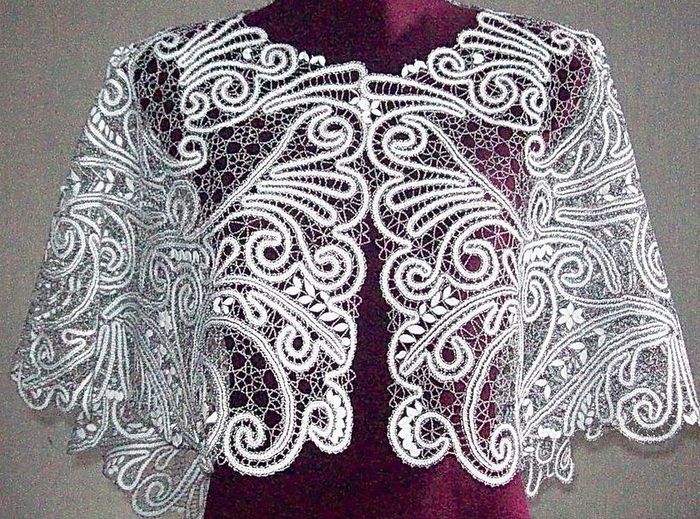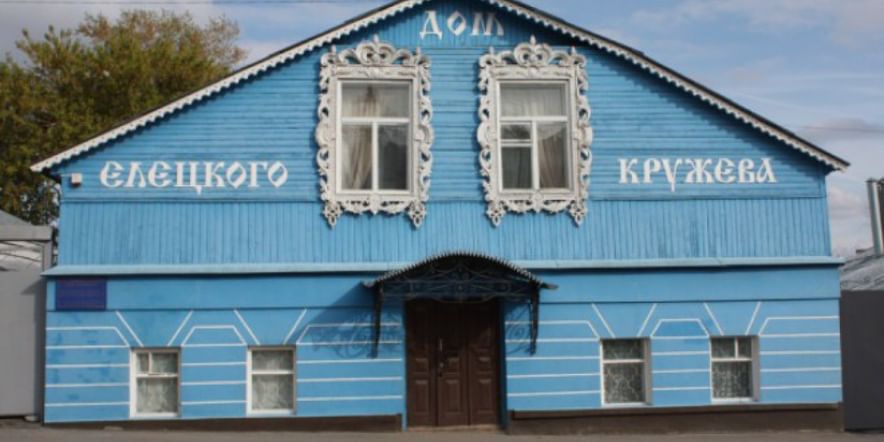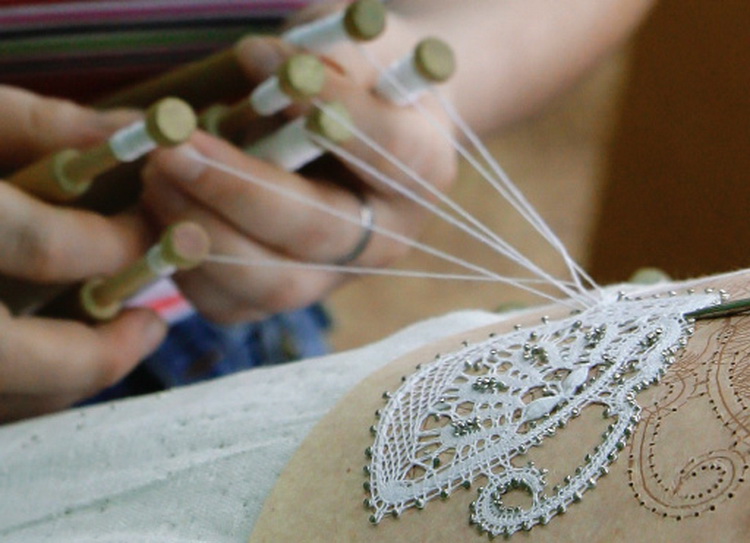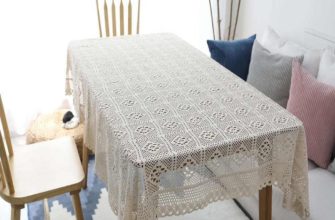Every woman is a craftswoman. Since ancient times, weaving has been considered a high art, and the masters were considered high professionals. It is born under the clatter of bobbins and can be made using a variety of techniques. Various lace products from Yelets have an extremely light style and surprisingly delicate motifs. The main types of images in the subject nature of the snowy region have been developed. Patterns in the form of flowers, snowflakes have any geometric shape. These are weaves sewn into tablecloths, pillowcases, blankets, capes, scarves.

When did lace appear?
Although it is impossible to pinpoint the exact date of its "invention", it most likely arose in the early 16th century. It is known that open woven fabrics and fine meshes that had a woven effect had existed for centuries, but their methods were not conducive to those developed for the great European laces.
France is not the birthplace of weaving, but it is this country that gave the world a variety of weaving techniques and made lace a synonym for luxury and exquisite taste. Today, it is French lace that often adorns the fashionable outfits of stars and public figures around the world.
Following Italy and Belgium, France becomes the third European country to develop high standards and traditions of lacemaking. In the 16th century, lace fashion in France became very stable thanks to Queen Catherine and Marie de Medici. Both were Italians and brought a love of lace from their country. Catherine even invited an artist from Italy named Vinciolo, who created a large collection of lace patterns that existed in the world at that time.
It was Italy, as the birthplace of lace, that supplied France with fine weaving with the then fashionable Moroccan ornament. Of course, such lace was fabulously expensive and was available only to the richest French.
Yelets lace in the 20th and 21st centuries
The development of crafts in Yelets allowed the world to see a huge number of techniques of unique artistic products. You can see more than 200 names of all kinds of works. It is worth noting that for the city, the period of 60-70 years became the peak of development, because it was at this time that the city became the center of lace production in the USSR.
Yelets lace in the 19th century
According to the scriptures of the Stanina, every woman, especially a peasant woman, knew how to do needlework. It is not surprising, because the family needs to be dressed. Accordingly, girls from an early age were taught to sew and spin.
The first records of weaving can be found in the Ipatiev Chronicle. They were then called golden, because silver or gold threads were woven into the lace.
Speaking of those times, examples with gold embroidery, brocade and jewelry have survived to this day. The famous Lyudmila in the painting is wearing exactly this outfit.
Since lace evolved from other techniques, it cannot be said to have originated in any one place, although the city whose name was first associated with lace was Venice. Venice was an important trading center, and it was there that the first known books on lace patterns were printed, and in the early years the city certainly acted as a center for the dissemination of knowledge about lace.
By 1600, high-quality lace was being made in many centres of Europe, including Flanders, Spain, France and England – women who had practised other textile crafts seem to have picked up the new skills with relative ease, and no formal education was required.
Travelling nobles and intermarriage between royal families ensured that new fashion ideas were widely disseminated, sold (and smuggled) across borders. Lacemakers displaced by political upheaval often arrived as refugees in areas where lace-making traditions already existed, and were able to strengthen this with their own skills. And enterprising manufacturers of fashion for the wealthy were constantly looking for innovations to secure and expand their market position. For example, woven on metal bases.
Fashion has always driven the lace trade. By the late 16th century, ruffs and stand-up collars required bold geometric needle lace. During the early 1600s, these were gradually replaced by softer collars requiring many yards of relatively narrow linen weave called bobbin lace. At the same time, there was a growing demand for gold and silver lace for glove borders, shoe roses, jackets and sashes, and for trimming the surfaces of other garments.
By the mid-17th century, linen lace was again being worn flat, and both needle and bobbin lace makers had refined their skills to produce some extremely intricate raised needle lace work known as the flowing forms of Milanese bobbin lace, one of the greatest achievements of the period.
Please note! Yelets lace was brought by nobles to the city of Yelets, where the emergence of weaving amazing weaves began.
Our time
In the modern world, the range of Yelets lace, which is produced by the company with the same name, can be counted more than 250 names of high-quality products. Products can be divided into serial and unique. Among the items are collars and capes, hats and coats, jackets and blouses, scarves and ponchos, napkins and tablecloths.
Moreover, Yelets Lace has a children's assortment of goods. There are also bedding and tableware.
By our time, the secrets are already known - the schemes of lace production. The process of its production begins with winding the bobbin of thread. In the process of work, they need to be moved in the right order. The bobbin should be held with both hands by their lower part, but you can not touch the thread.
The thumb should move the bobbin from right to left. The left and right bobbins should move in such a way that it is on the right side of the passage, under the left one.
Methods of weaving threads in lace There are only three methods of weaving:
- doubles;
- numerical;
- towing.
In the city where lace production began, there is a museum that displays amazing artifacts of how the creation of products began to the modern state. You can listen to the story of specialists. They will conduct a unique and interesting excursion into history.

Characteristic differences
Compared to other types of lace, it was Yelets lace that was thinner and more textured. The style of any product made by Yelets craftsmen cannot be confused with any other - it is a special art into which the craftsmen put their souls.
The masters came up with new weaving techniques in order to finally achieve volume and shapes in their lace weaving patterns.

Yelets lace is a type of Russian bobbin lace, the center of which is the city of Yelets in the Lipetsk region. It is famous for the contrast of a small, elegant pattern (containing both plant and geometric figures) and a thin, openwork background. In 1960, production was founded, which since 1974 has been known as the production association - Yelets Lace Plant.
Yelets lace and its history have been known in Russia since the end of the 18th century. In one of the centers founded in Yelets, Russians began to master the art that came to us from Europe. It is known that hundreds of people who lived 25 miles from Yelets began to master the difficult craft already at the beginning of the last century. At first, the masters used foreign patterns, but over time they began to have their own innovation, which later became known as Yelets lace.




